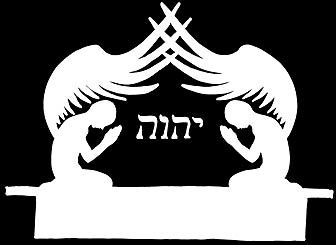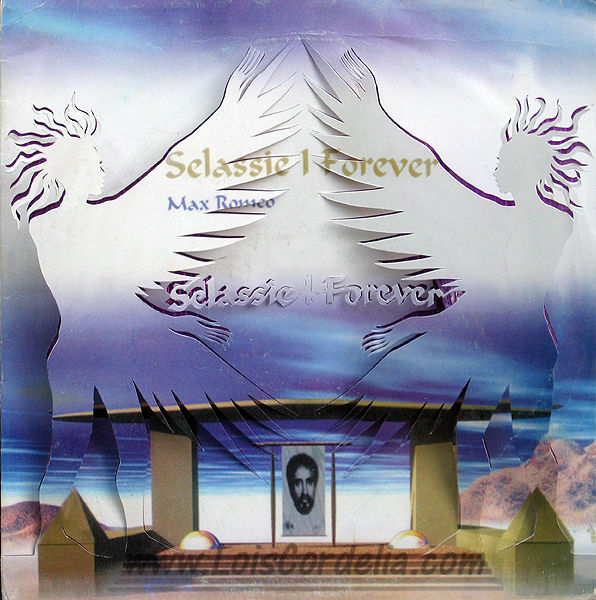











 |
The Ark of the Covenant
According to the Bible, the Ark of the Covenant was a wooden
chest built to contain the two stone
tablets of the Law (the 'Testimony'
of the covenant) that God gave to Moses on the top of
Mount Sinai. The detailed instructions for how it was
made are recorded in Exodus
25:10-22. It was
to be one of three items of furniture for inside the
tabernacle (a type of royal tent, made as a dwelling for
God).

The box itself was about 1.1 metres long by 0.7 metres
wide and 0.7 metres high. Made of 'shittim' (acacia)
wood, it was overlaid with pure gold. Poles were attached
to it to enable it to be carried. The ark had a cover
(traditionally called a 'mercy seat', though it could
equally be called an 'atonement cover') made of pure
gold, which covered the whole area of the top surface.
At either end of this cover were figures of cherubim
(cherubs, though not to be confused with the 'cherubs' of
Victorian art). These faced each other, with their wings
spread upwards. In the ancient Near Eastern world,
cherubim were the traditional guardians of sacred and
holy places. Thus cherub designs were also woven into the
fabric of the curtains of the tabernacle, and the curtain
that veiled the Most Holy Place in which the ark itself
was kept. Compare also the two cherubs described in 1 Kings
6:23-27, which
guarded the inner sanctuary of Solomon's lavish Temple.
It is thought that these cherubim were similar in
appearance to sphinxes, with human head, four-legged
animal body, and wings.

The ark of the covenant was therefore not merely a
container for the Testimony, but a seat guarded by
cherubim. God declared to Moses, "And
there I will meet with thee, and I will commune with thee
from above the mercy seat, from between the two cherubims
which are upon the ark of the testimony, of all things
which I will give thee in commandment unto the children
of Israel." (Exodus 25:22) Thus the
ark became the very throne of God.
Evidently, the ark of the covenant was one of the most
treasured and holy objects of ancient Israel. The
Israelites carried it with them wherever they went during
the period of their 'desert wanderings' and it was also
seemingly employed as a terrifyingly powerful weapon of
mass destruction in warfare and in the conquests for the
Promised Land. Only once did it fall temporarily into
enemy hands.

Later on, King Solomon built the Temple
to house this precious relic. It was placed inside the Holy
of Holies, as it had been in the Most Holy Place
of the tabernacle. This was a dark and mysterious place,
which few people saw. However, a far greater mystery
surrounds the ark's subsequent disappearance. After the
time of Solomon, there are no references to it being in
the Temple, and certainly by the time that the Temple was
ransacked and destroyed in the fall of Jerusalem, there
was no longer any sign of the ark, and indeed it might
well have been removed long beforehand.
This has led to many legends and theories of how such a
sacred and guarded object could have been so carelessly
lost. One such legend, which has been inspirational to
modern Rastafarians is recorded in an ancient Ethiopian
text called the Kebra Negast ('The
Glory of Kings'). In brief, this tale concerns
how the ark of the covenant was stolen from the Temple by
a son of King Solomon and the Queen of Sheba, who brought
it to rest in Ethiopia, where it has
remained to this day.
There have been a number of recent attempts made to prove
or disprove this story. One of the most well-researched,
interesting and intensely readable accounts is Graham
Hancock's best-selling book, 'The
Sign and the Seal - A Quest for the Lost Ark of the
Covenant', which also explores many related
legends, including the mysteries surrounding the Holy
Grail.
Back to 'Key Biblical Concepts
In Rasta Reggae Lyrics' page

|

